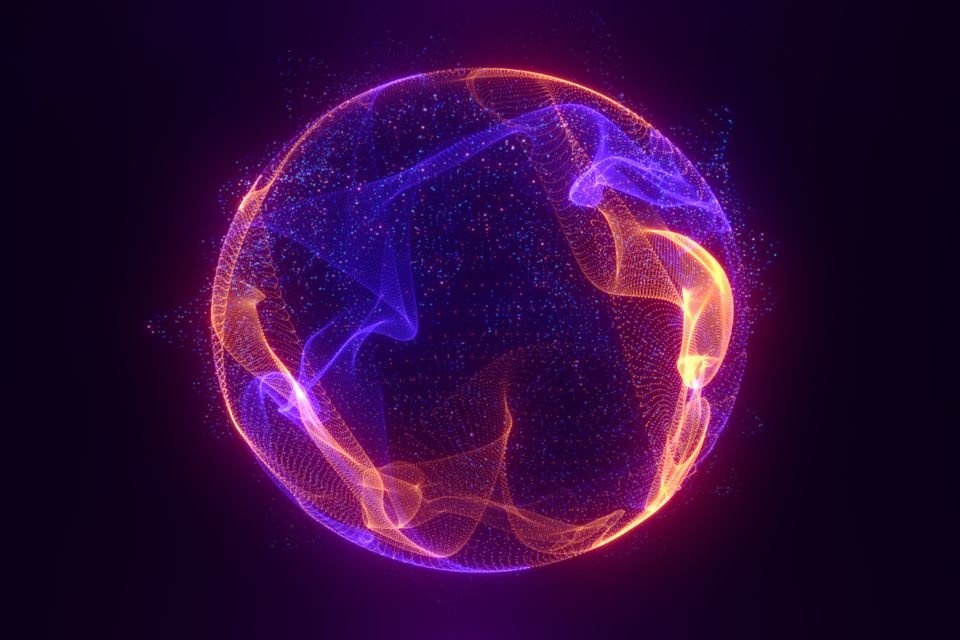In a paper accepted in the scientific journal The Astronomical Journal and published on the arXiv print server, a group of scientists describe the discovery of a new planet with distinctive properties. One of the biggest differences relative to Earth is that the detected celestial body has an orbit faster than one Earth day; In total, it completes one rotation in 20 hours and 24 minutes.
Ultra short period planet (USP), This object, called TOI-1347 b, formed in a system between 1 billion and 1.8 billion years ago. Additionally, its mass is 11 times that of Earth and its radius is approximately 1.8 times that of our planet.
The observation was conducted using the Transiting Exoplanet Survey Satellite (Tess), a satellite of the United States National Aeronautics and Space Administration (NASA).
The researchers note that TOI-1347 b is the largest of its class, with a formation that tends to be dense and rocky; The largest USP type celestial body found by science. Although its day is shorter than on Earth, perhaps its strangest feature is the planet’s atmosphere.
“The extreme environments of ultrashort-period planets (USPs) are excellent laboratories for studying how exoplanets acquire, lose, maintain, and/or regain gaseous atmospheres. USP, a planet in a 0.85-day orbit detected by photometry from the TESS mission “We present the verification and characterization of TOI-1347 b,” he explains in the introduction of the study.
TOI-1347 A day of less than 24 hours on planet b
TOI-1347 b’s atmosphere is so dense that it can block visible light at the surface. Now, Scientists still don’t know exactly what causes this strange atmosphere.however, we suggest that this is due to the “high average molecular weight.” So it’s as if the planet is covered in clouds of hot sand.
The discovered planet and its companion, TOI-1347 c, orbit a star that is smaller and lighter than the Sun; Although the companion TOI-1347 b is just as large, it is much lighter.
In any case, it is important to emphasize that scientists plan to continue collecting information about the celestial body to better understand its cosmic structure.
“TOI-1347 b is the largest (in terms of mass and radius) of the super-Earth USPs to date. It appears to be rocky in composition and has a mass ratio similar to that of Earth’s iron core. In the paper, M. Scientists modeled the composition of the core of TOI-1347 b, assuming a simple two-layer model containing an iron core and silicate mantle (“rock”).
Did you like the content? To continue following more studies on astronomy, stay tuned here TecMundo. If you wish, take the opportunity to understand how much life exists and will exist on Earth. To the next one!
Source: Tec Mundo
I’m Blaine Morgan, an experienced journalist and writer with over 8 years of experience in the tech industry. My expertise lies in writing about technology news and trends, covering everything from cutting-edge gadgets to emerging software developments. I’ve written for several leading publications including Gadget Onus where I am an author.













